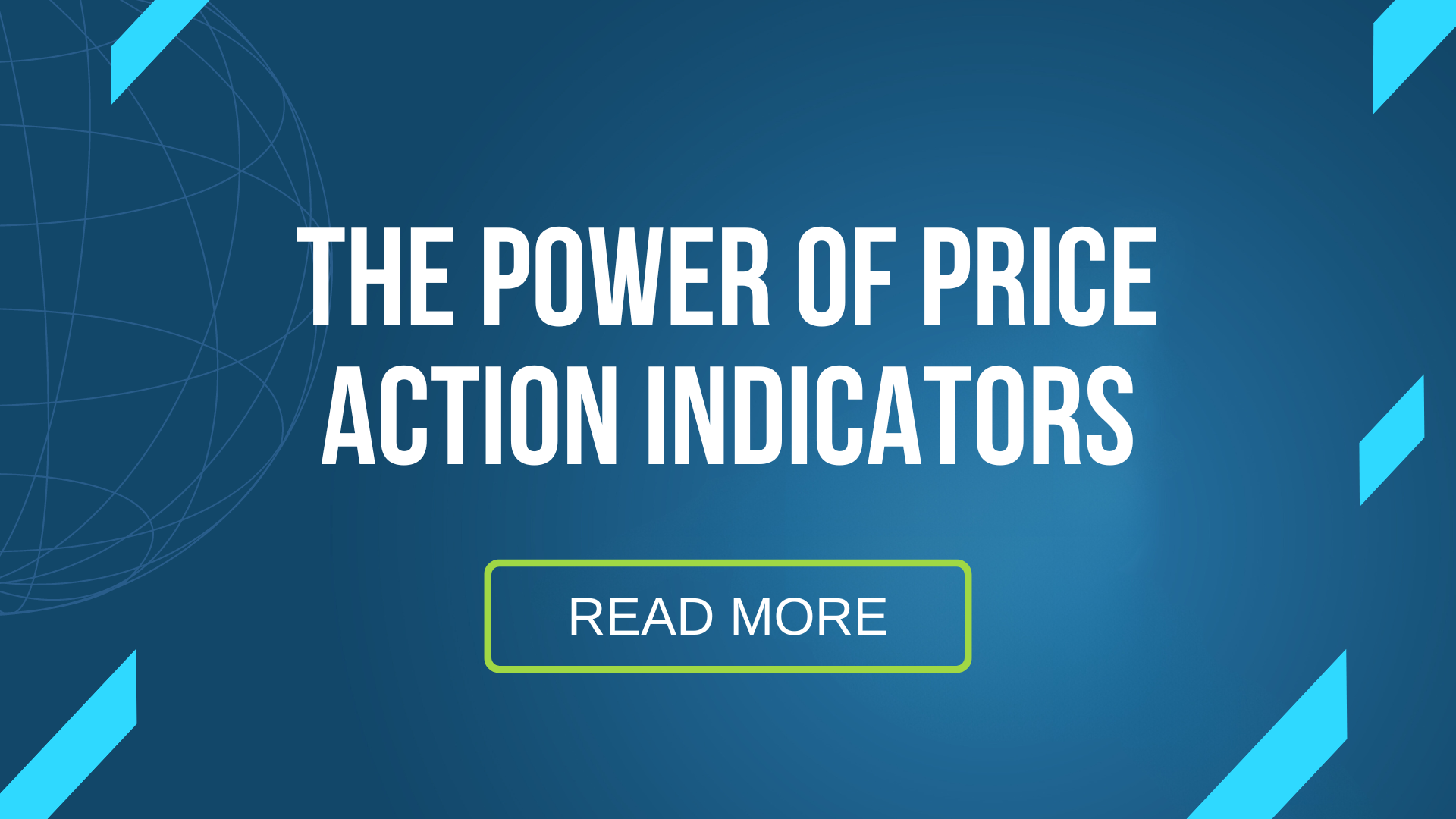This comprehensive course, offered by our Trading Academy, is tailored for those seeking to advance their trading skills in the Forex market. The course is structured to cover a range of in-depth topics, essential for any Pro Trader. Each module is designed to build upon your existing knowledge, delving into complex strategies and analysis techniques used by professional traders.
Upon completion, participants will have developed advanced skills and strategies, enabling them to navigate the Forex market more effectively and confidently. This course is ideal for traders looking to elevate their trading to a professional level.





